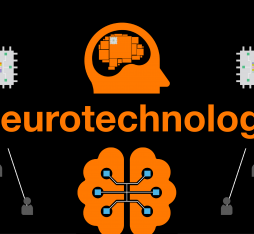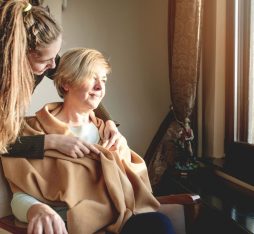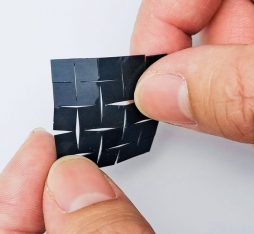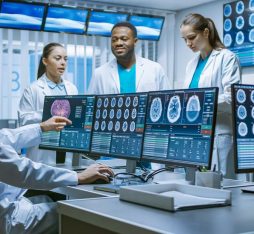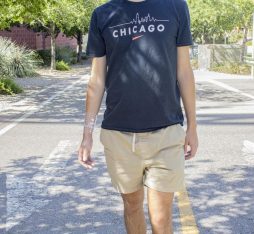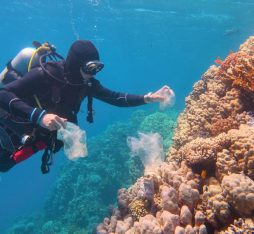Hello Mwoo. Will you introduce yourself, please?
Although I look a bit like a cartoon-like rabbit and come in several colors, I’m really a connected robot about the size of a baby invented by the company Stimul’Activ. I’m the first sensory robot designed to stimulate communication in people with autism (in particular those unable to speak or use a tablet) or that have learning disabilities, who are often isolated because of their disability. For me, it’s the opposite: I’m a security blanket that can be held, taken everywhere and with whom you can share your emotions.
How do you interact with people?
My sensory receptors help me to interact with people with autism or learning disabilities. If they touch me, I react: I can purr like a cat, vibrate when I am left alone for too long, tell stories, project photos, say when it is time to eat. That’s how I communicate. Of course, I adapt to my owner and the day’s schedule, because everyone is different and doesn’t need the same amount of attention! I sort of multitask.
And do you do it on your own?
Of course not! I’m just a robot, after all! But from what I’ve been told I’m the first robot to help people with autism and learning disabilities. In short, all my tasks can be configured remotely by caregivers directly from their tablets.
Have you ever been used in practice?
Yes, I am currently being tested in the Cassepierre Disability Care Home (FAM) and Specialised Care Home (MAS), but I’m not the first robot there. There are twenty-one other Mwoos with me who also act as security blankets, and these two establishments are already equipped with numerous tablets and educational applications. Our role is to complement them. Together we try to facilitate learning for people with severe forms of autism or learning disabilities, as well as their relationships with their families and loved ones and so offer the best possible support.
Good to know:
Through the Orange Foundation, the Group is committed to the cause of autism. We support digital projects (including this experiment) that help people with autism.





